Review: KuaiFit Multisport headphones, not your usual set of sports headphones
The complicated and over catered for sports headphone market is certainly jam-packed with products competing for your aural dollar. Most of the headphones are simply 'sportified' copies of the standard headphone (with a price tag to match), with limited, if any benefit to a multi-sport a

The complicated and over catered for sports headphone market is certainly jam-packed with products competing for your aural dollar. Most of the headphones are simply ‘sportified’ copies of the standard headphone (with a price tag to match), with limited, if any benefit to a multi-sport athlete. Most of us will appreciate the frustration the first time you try to run without an ear loop on your headphones and the tinny base marketed as a safety feature! Kuaiwear the company responsible for the KuaiFit headphones take a drastically different approach to the market, their multisport headphones are developed as a training enabler, providing real-time feedback, coaching, and improvement plans all while providing a decent set of headphones to blast Tay Tay to your heart’s content.
Models, Options & Pricing
The KuaiFit headphones currently come only in a sweat resistant run, bike and gym dry land multi-sport model, which is the focus of this review. Kuaiwear tells me that there is a swimming model due to be released Q1 2018 rounding out the appeal for triathletes, something we will update you on when they are released. The KuaiFit headphones current retail for $159 USD on Amazon. You can also buy the headphones with an ANT+ Cadence sensor for $209 USD or the Cadence sensor later for $49 USD, which when compared to the standalone and compatible Garmin GSC-10 is a bit at the expensive end of town.
Update: – Amazon currently have both the swimming model available for pre order and the base non swimming version.
Unboxing, construction & Fit
The first thing that strikes you when opening up the Kuaifit box is the size of the headphones, and they’re huge. This has to do with Kuaiwears decision to enable changes to the heart rate, plan and in-flight programme and music without the need for an app, more on this in a minute, but the inclusion of physical switches is a welcome one. The large loop fits snugly over your ear (excuse my ear and grey hair in the picture), and I couldn’t help feeling that these would look great next time I was to get assimilated by the Borg.
I did multiple runs and bikes with these headphones with some significant efforts thrown in, and they stayed in place throughout, an impressive feat, granted I did get some strange looks and a few questions!
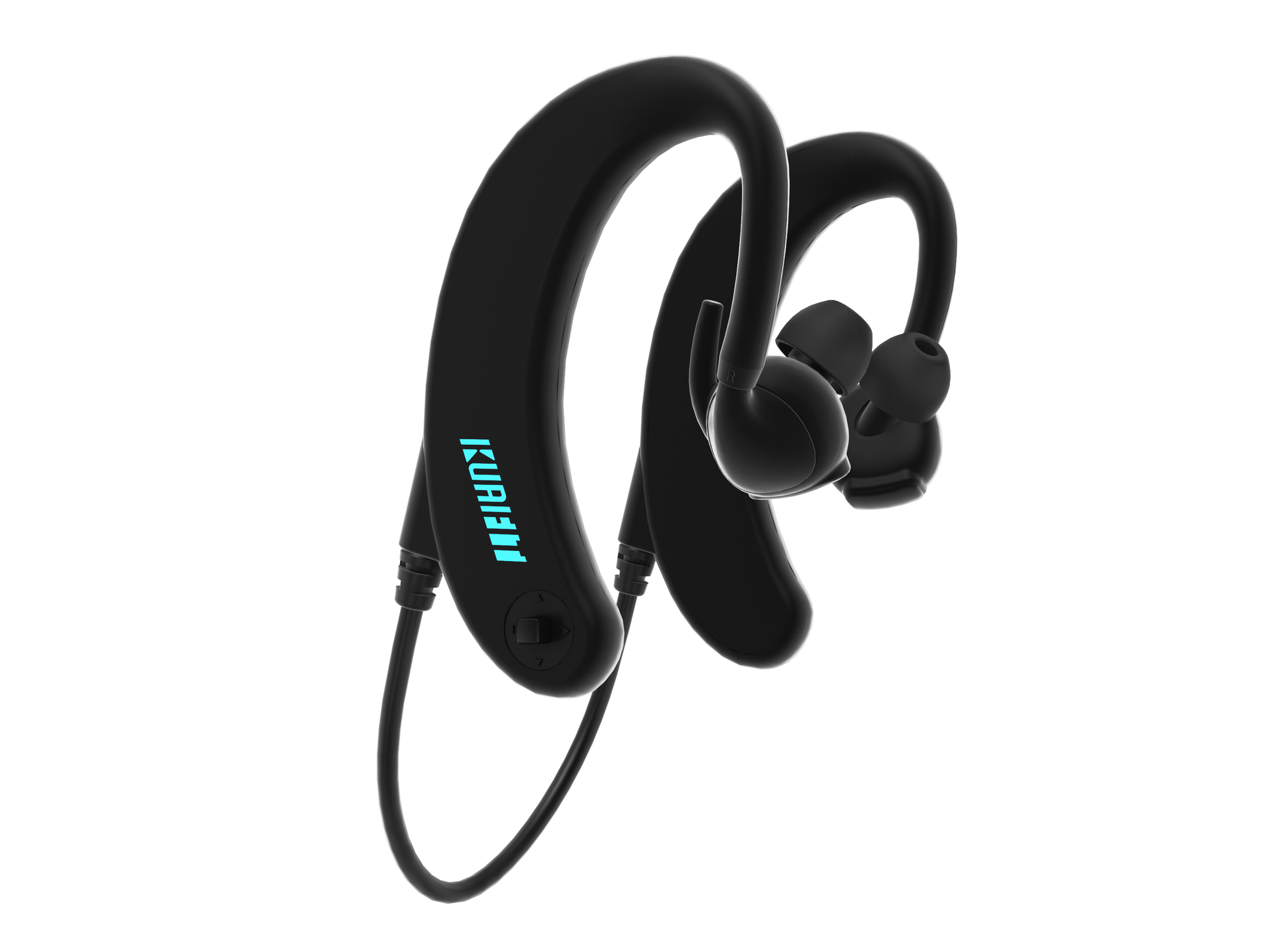
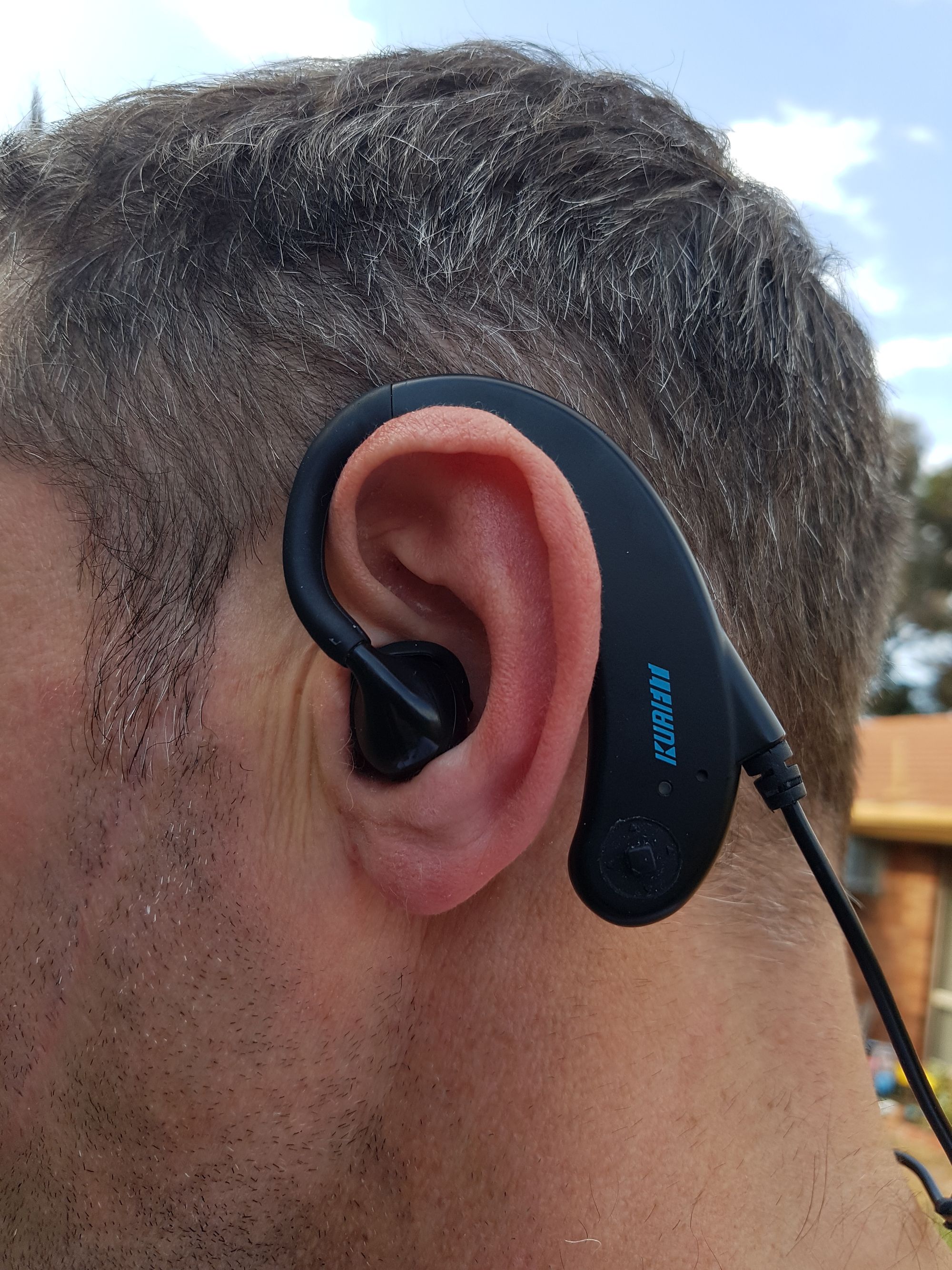
The earphones come with the standard set of interchangeable earpieces, depending on the size of your ‘ere oles’ and they all feel very comfortable.
The headphones can be recharged using a standard Micro USB charging port under one of the earbuds, as you can tell this design will certainly keep the sweat out.
Update – Post review Kuaiwear tell me that the USB port has been waterproofed to 5m to provide an added layer of protection for the base unit.
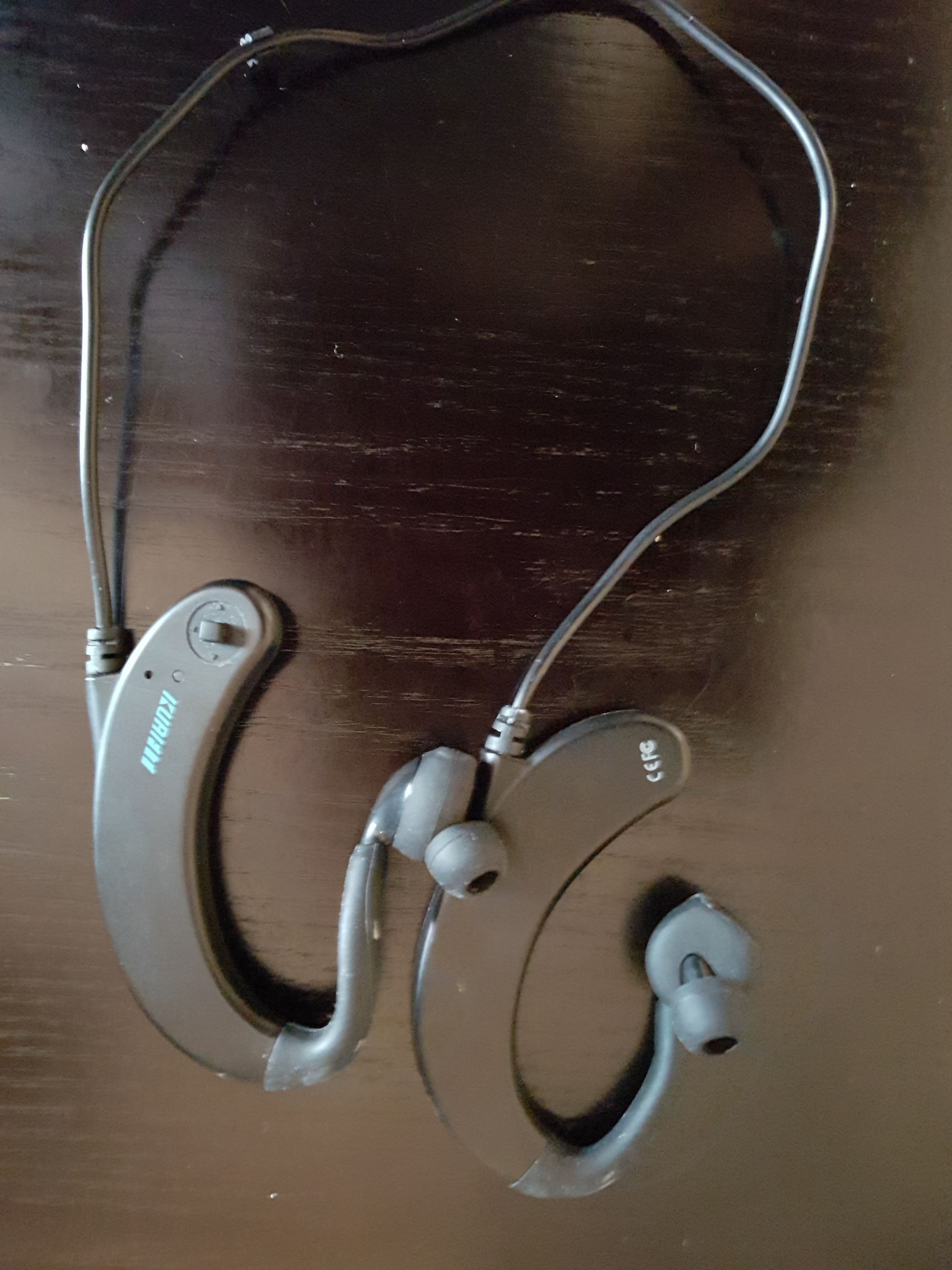
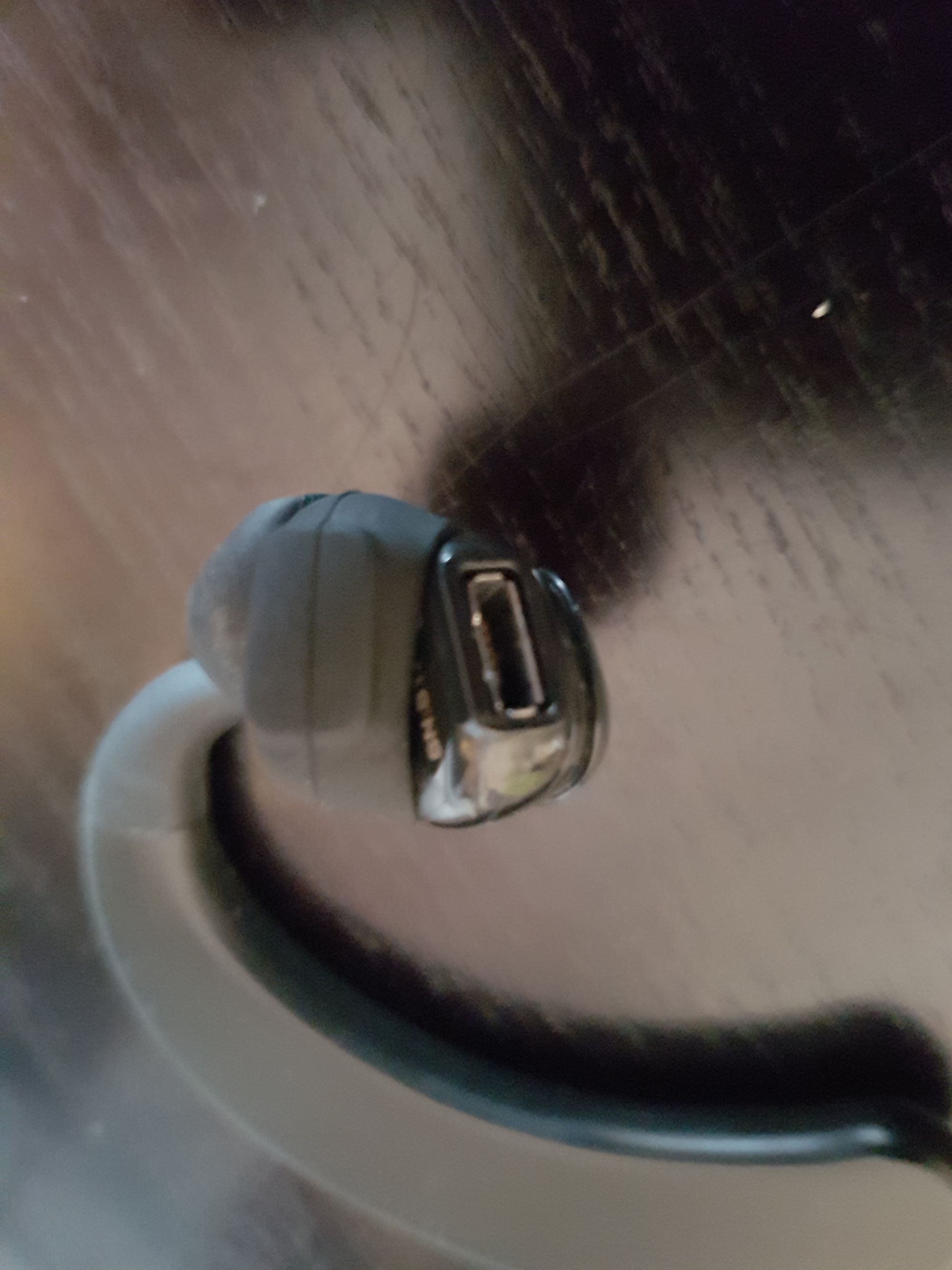
Background and Framework
KuaiFit was successfully funded on KickStarter back in 2015 and shipped in 2017. They are more of an integrated system than a pair of headphones with multiple parts which I will talk about individually. In summary, its comprised of a set of sports headphones with an integrated Heartrate Monitor, a website used to track stats and plans, a phone App (Apple and Android) for real-time visual feedback and a desktop App for syncing music and maps (in the future).
Setup
The first step is to establish a user account on the Kuaifit website, used to download plans, manage your activities and settings. The App on your phone, is your real-time visual interface into your headphones, displaying metrics such as Heart rate and cadence. Finally, you have your headphones, which you pair with your phone as a regular set of Bluetooth headphones. The process isn’t particularly onerous and well documented. However, you do find yourself jumping around websites and phone functions a fair bit with the overall process taking me 20 minutes or so. The headphones strangely come pre-loaded with some euro trance music and ‘train-esque’ easy rock which plays during setup and whenever you start the App, presumably to get you in the mood.
Headphones, Sound Quality & pairing options
A good pair of sports headphones need to be able to blast out your tunes to keep you motivated, right? Well, the KuaiFit headphones are surprisingly full-featured. The headphones have 8GB of memory inbuilt, enough for 1,500 songs (more than sufficient for an Ironman build), but it can also actively stream music over Bluetooth. Once the tunes are cranking through the headphones, they provide clear audio, high volume, and solid bass. Something that’s important when you’re trying to blast out 150 BPM running bangers. Overall even without the training capabilities, these are a solid set of sports headphones.
One thing to take into consideration is that most of the earpieces for me almost entirely blocked out any external sound. I didn’t mind this running. However, it did make me feel uncomfortable riding outside. Now I’m not a big fan of riding with headphones anyway, however, if you do, best to keep one out.
Kuaiwear tell me they have multiple earbuds available to help choose the amount of noise let in. They were not present on the review unit, but suffice to say they should give you some control over the noise.
Stated playtime is 7 hours, and I found that the be pretty much bang on, so props there.
An innovative feature in the integrated heart rate monitor (HRM) within the headphones themselves. It’s an interesting decision to do so, and I initially wondered how it could produce an accurate measurement given the position. However, the science supports it seamlessly and accurately captured my max heart rate and in-flight heart rate as accurately as my Garmin does. When you are ready to go, you just select the activity using your controls and start the session using either the headphones standalone or via the mobile app.
Once in a session, you use the buttons on the side to adjust heart rate zones with the earphones providing real-time feedback as to where you are currently are against the zones. If a training plan is in place, it will dynamically range and alert you if you are overperforming or underperforming.
The headphones also act as an ANT+ receiver, automatically detecting ANT+ devices near the unit and presenting them via the mobile App. There is no way to set up a manual paring, which is a huge oversight by Kuaiwear – it gives us an indication as to the target market. More on this later.
The Kuaifit ear phones also send data via ANT+ and Bluetooth, allowing Gym equipment and Garmin devices to use the earphones as a heart rate monitor. A cool feature that could conceivably see you removing the need of a dedicated Heart rate monitor.
I initially tested the device at my squads Mag Trainer session, the device automatically picks up sensors within range, whilst simple to use, it can cause some issues if there are multiple devices around. This issue needs fixing in a future release.
Paring with devices is simple in concept however I had trouble connecting to my earphones to some devices, in particular, power meter’s (Rotor and Vector) and could only get a cadence sensor reading from a Garmin GC – 10. Some ability to troubleshoot connectivity would be welcome via the mobile app.
Website
Most likely your first point of call is the KuaiFit website. The bare-bones interface gives you access to your history with the standard set of activity stats. It also gives you the ability to customise individual alerts for each of the sports, calorie burn, heart rate levels, etc. The website and App doesn’t allow you to change your heart rate zones for each sport (you can overall), which again is a major problem for cyclists. Our achievable maximum heart rate on a bike is often 10-15 beats per minute lower than running, something that you cannot adjust. Therefore the cycling programmes and heart rate will always be higher than where it should be.
The website also gives you access to a series of training plans for both cycling and running which are well constructed with real-time feedback. However, there are only six plans available, focused towards beginners, with plenty in the pipeline
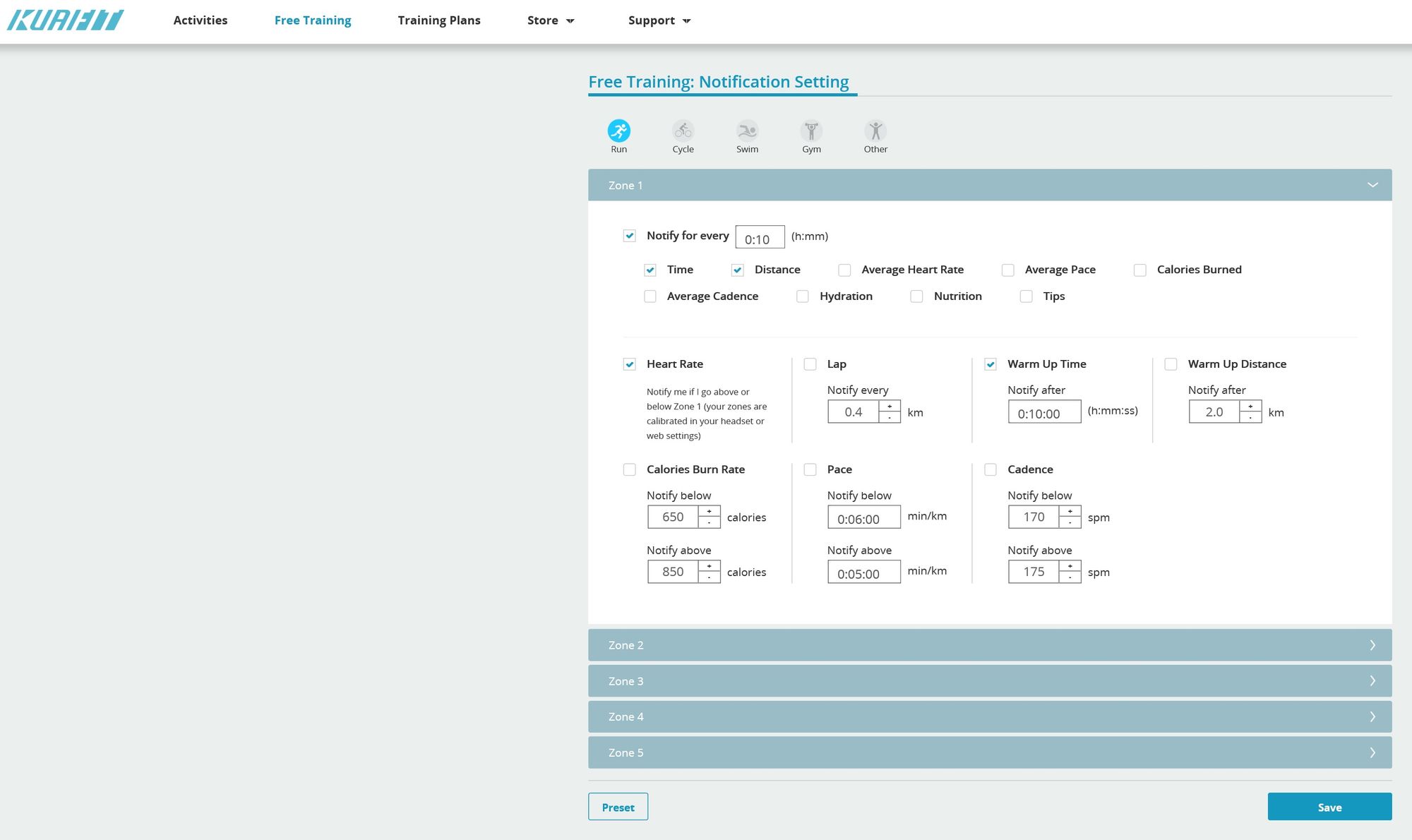
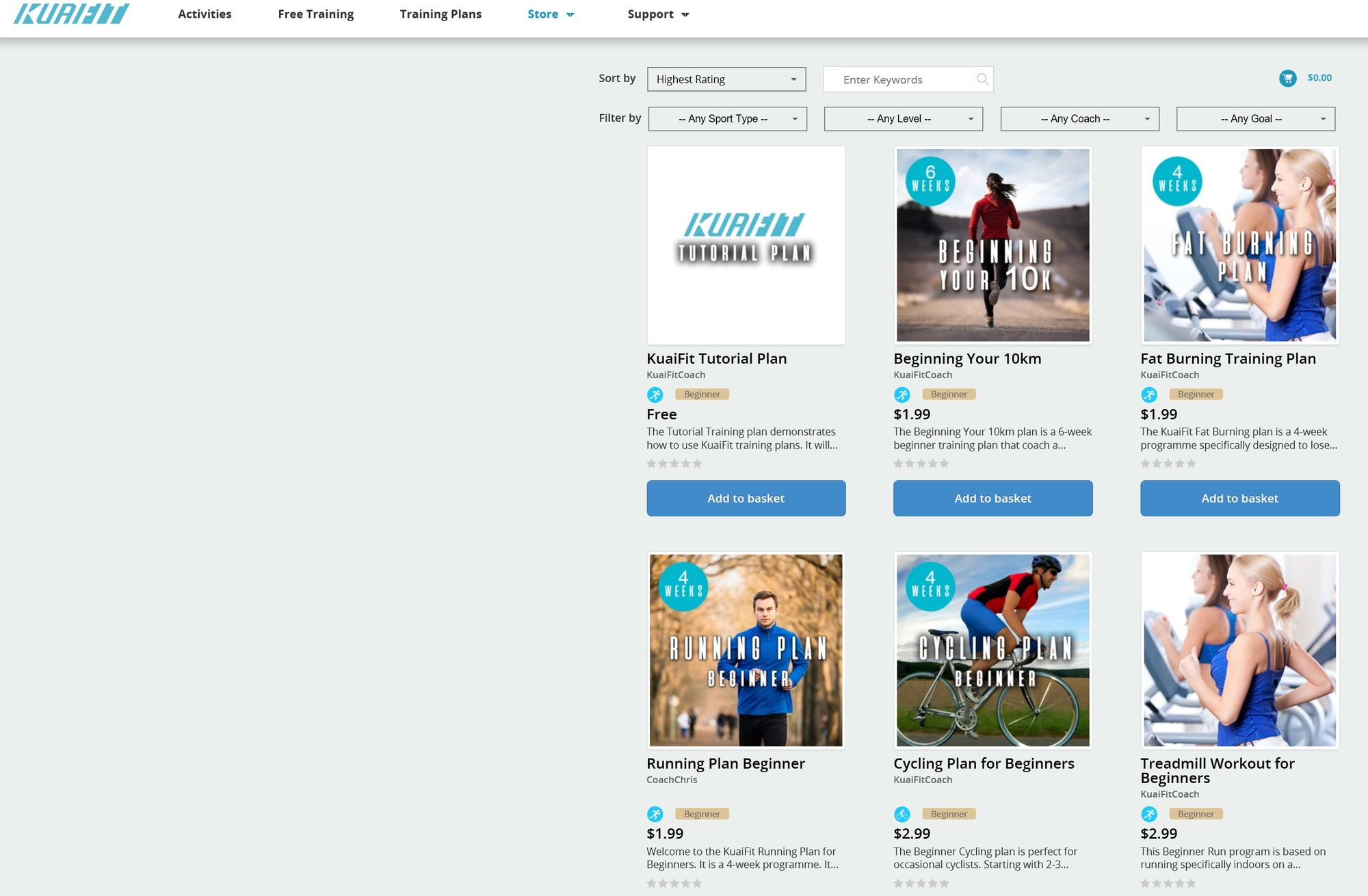
Mobile Application
The mobile App provides real-time feedback depending on the activity. It captures heart rate and cadence and is easy to understand. It’s quite limited in its stats so far. However, I’m sure this will improve over time.
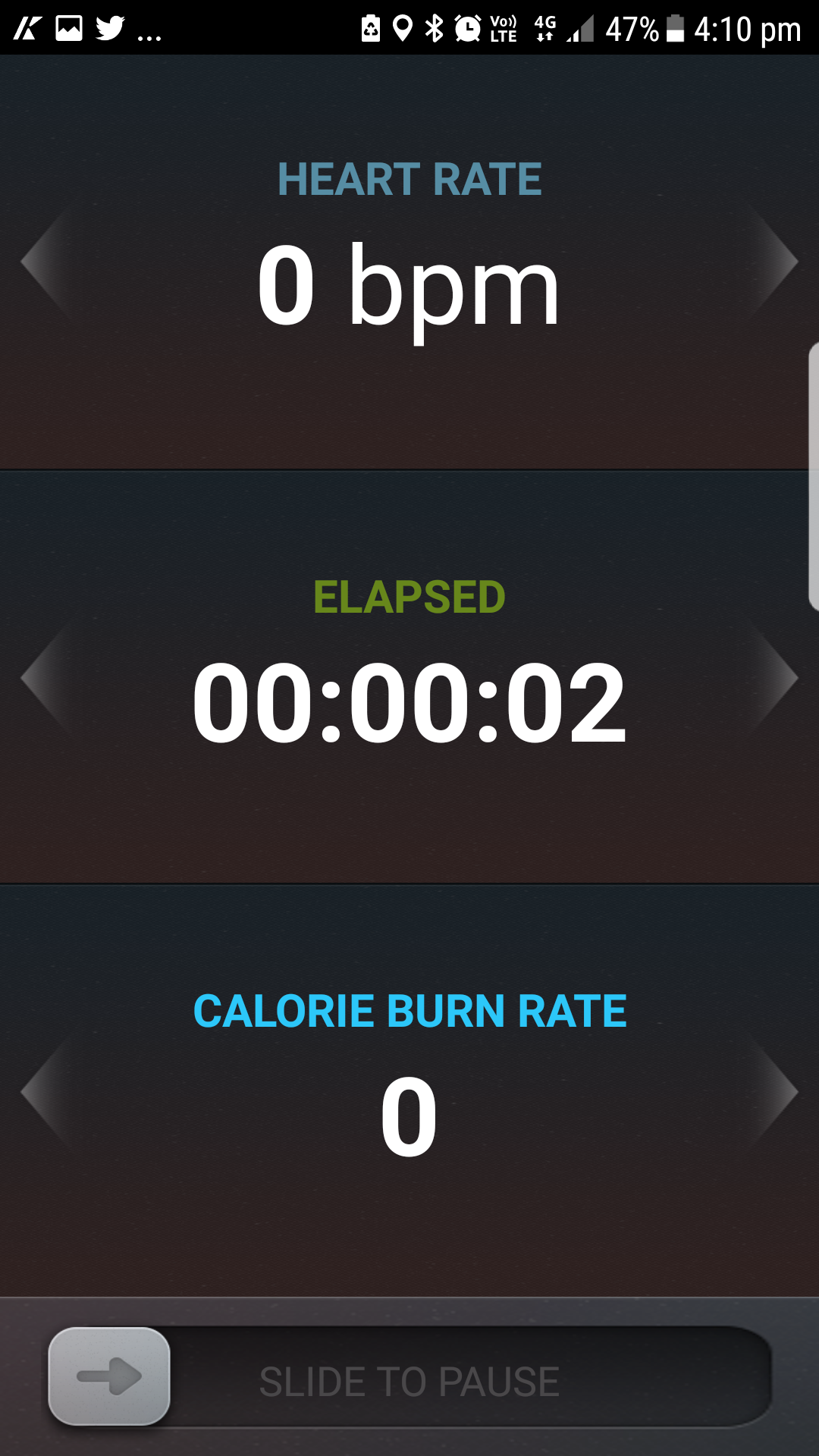
Conclusion
As you can tell the headphones are very clearly a version 1 release product. As a runner I find these headphones quite a competent set, providing solid sound to keep me entertained. However, would I ditch my Garmin for them? No way…not yet anyway. The real-time feedback is nowhere near what I need as a runner (admittedly one obsessed with stats), and if anything, it just gets in the way of my tunes. The coaching features are simplistic and will work if you’re building up to your first 5km. As a cyclist, I found the device connectivity to be troublesome (Power Meters in particular) and with limited troubleshooting I found it to be a frustrating experience.
So would these work in the context of being a Triathlete? Not really, partially as these don’t support swimming as of yet and the features don’t meet my needs for the individual component sport, particularly cycling.
But would I buy a pair? ..well Yes. If you’re in the market for headphones, the build and audio quality put these at the top end of the market, competing at an audio level way beyond the price point. The real interesting aspect is that the headphones are a solid platform for Kuaiwear to build on. The proof will be in the pudding to see if Kuaiwear continues to invest in the platform and deliver on the promise. Looking forward to seeing the swimming version in the near future and the improvements to the overall framework!


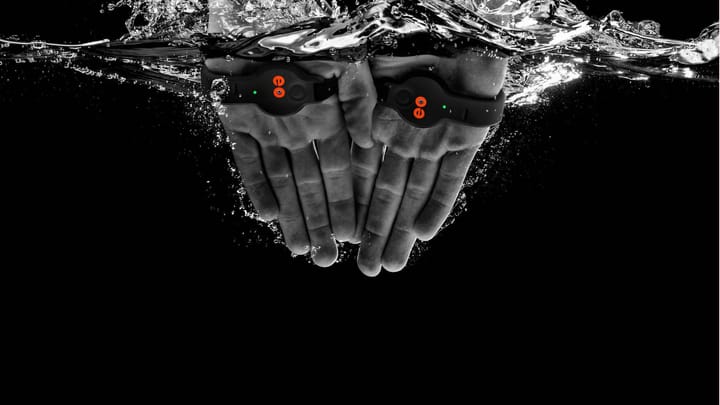
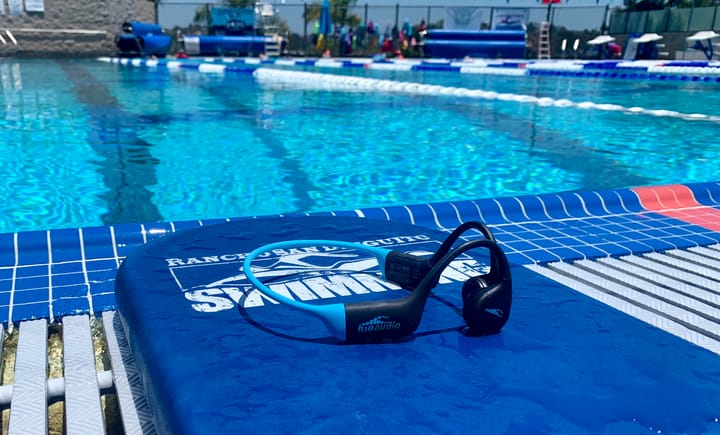
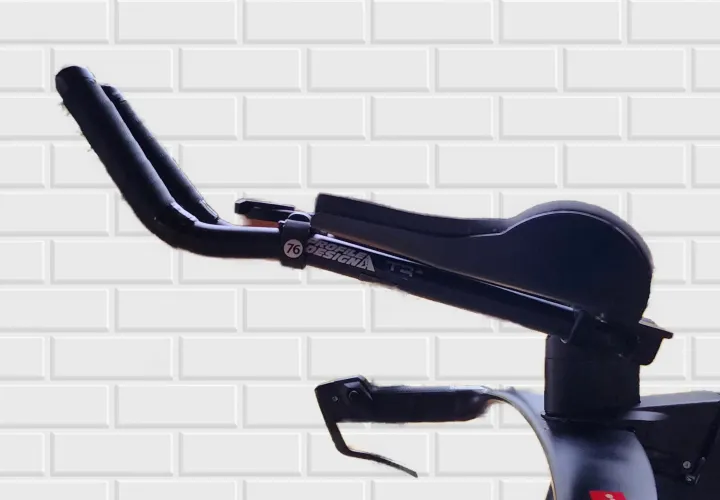
Comments ()